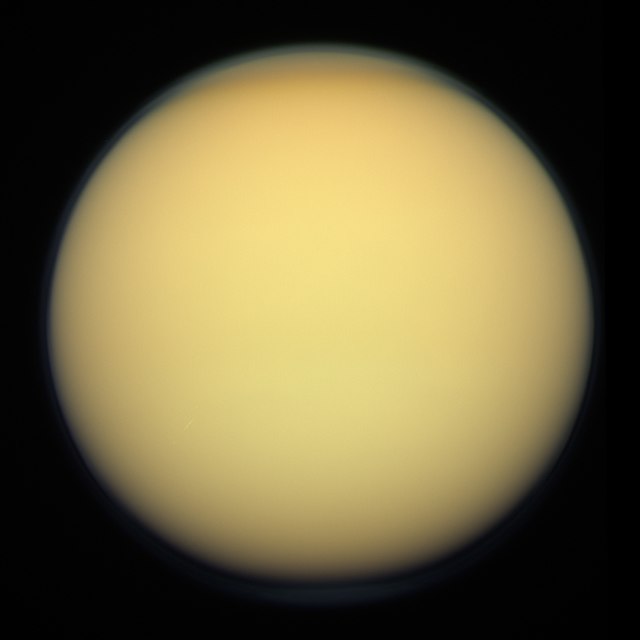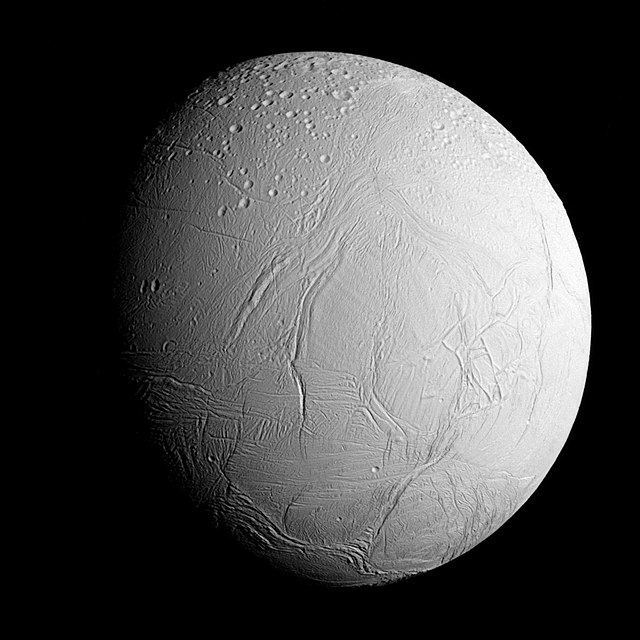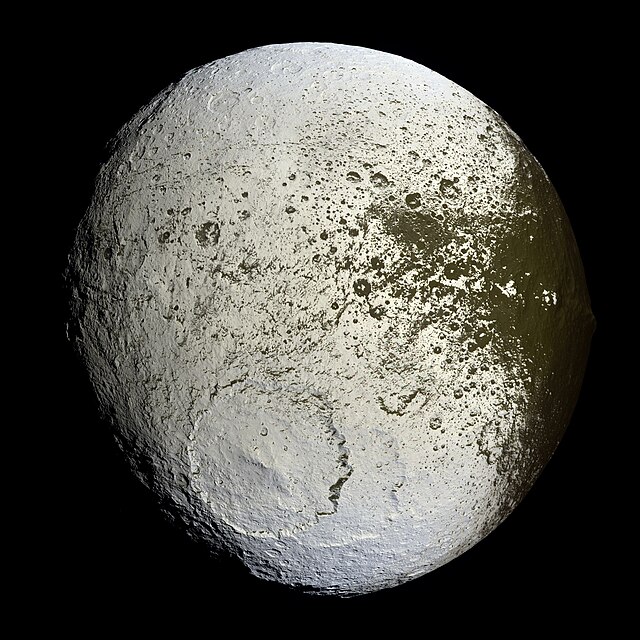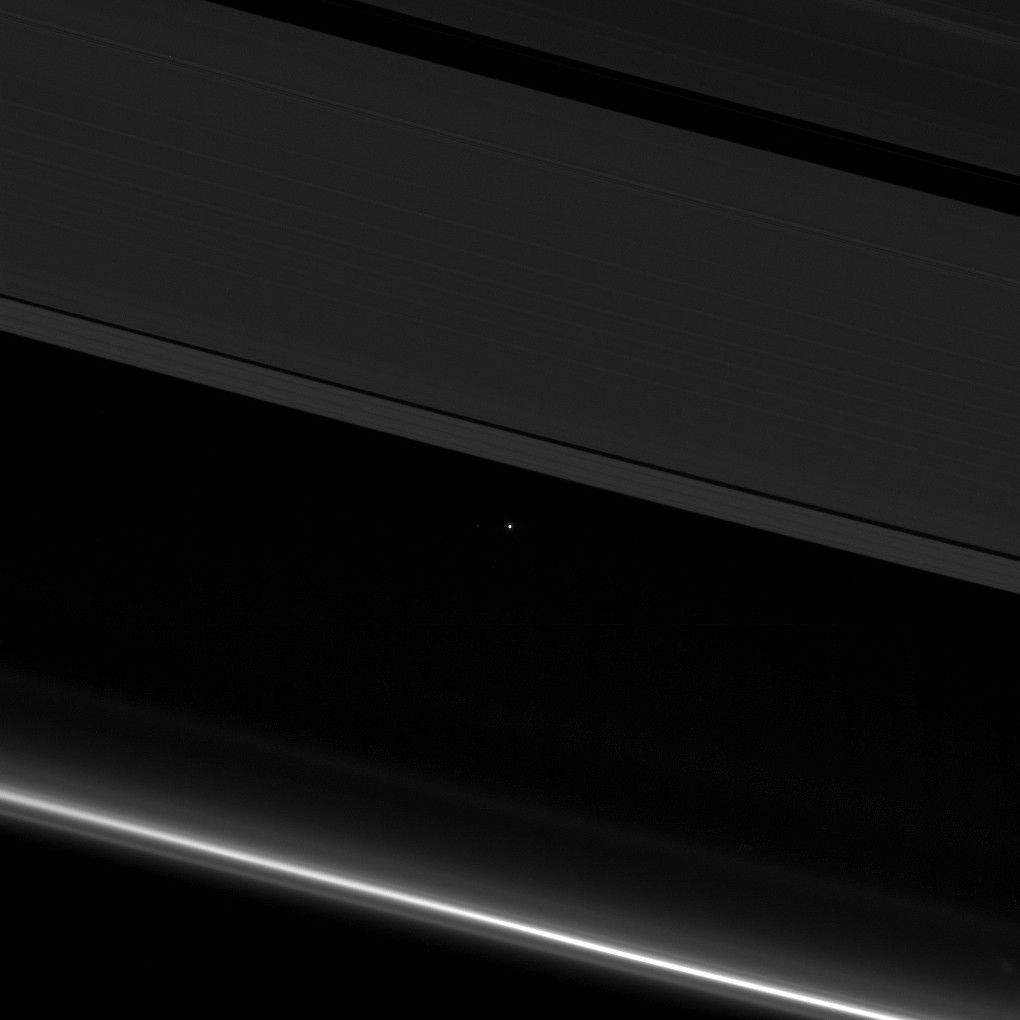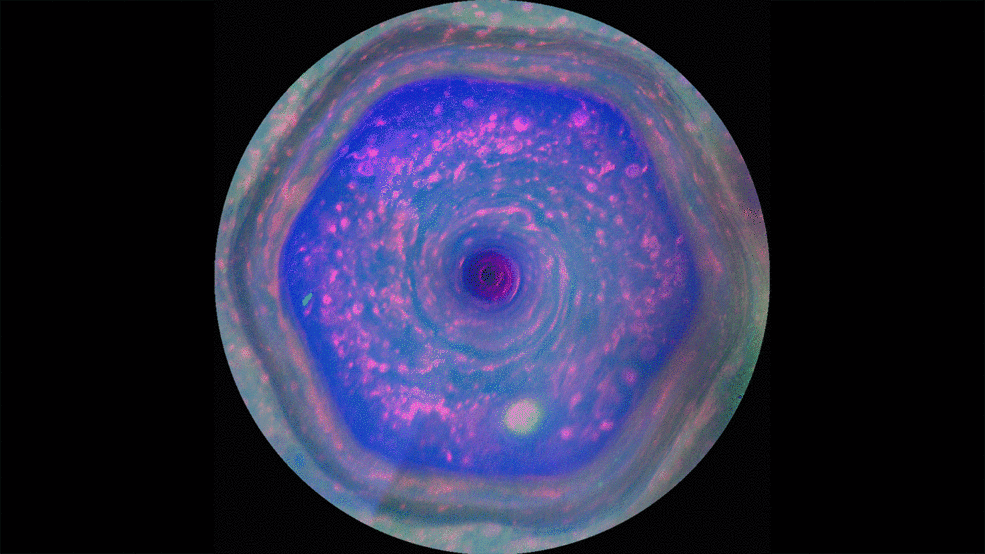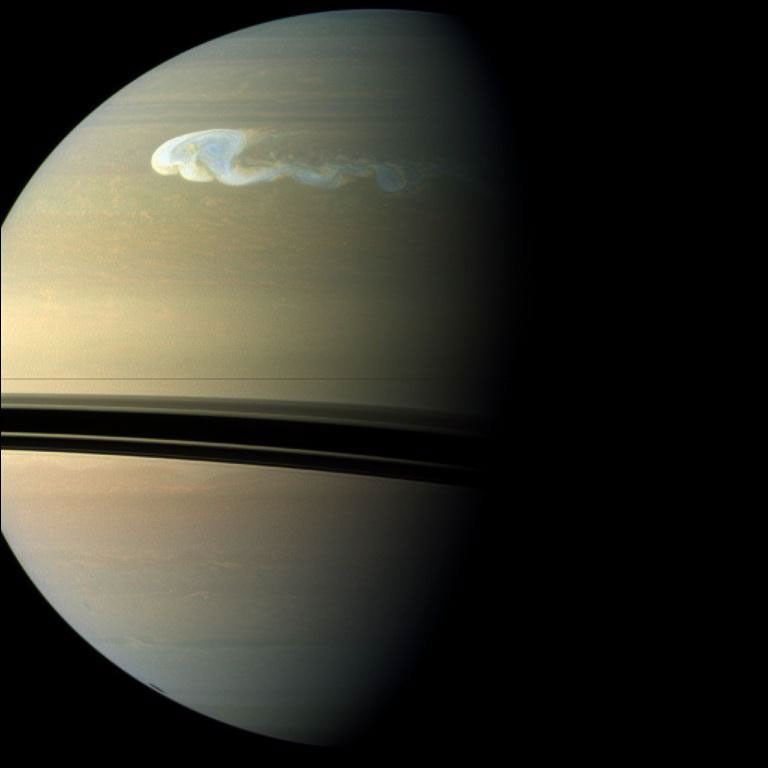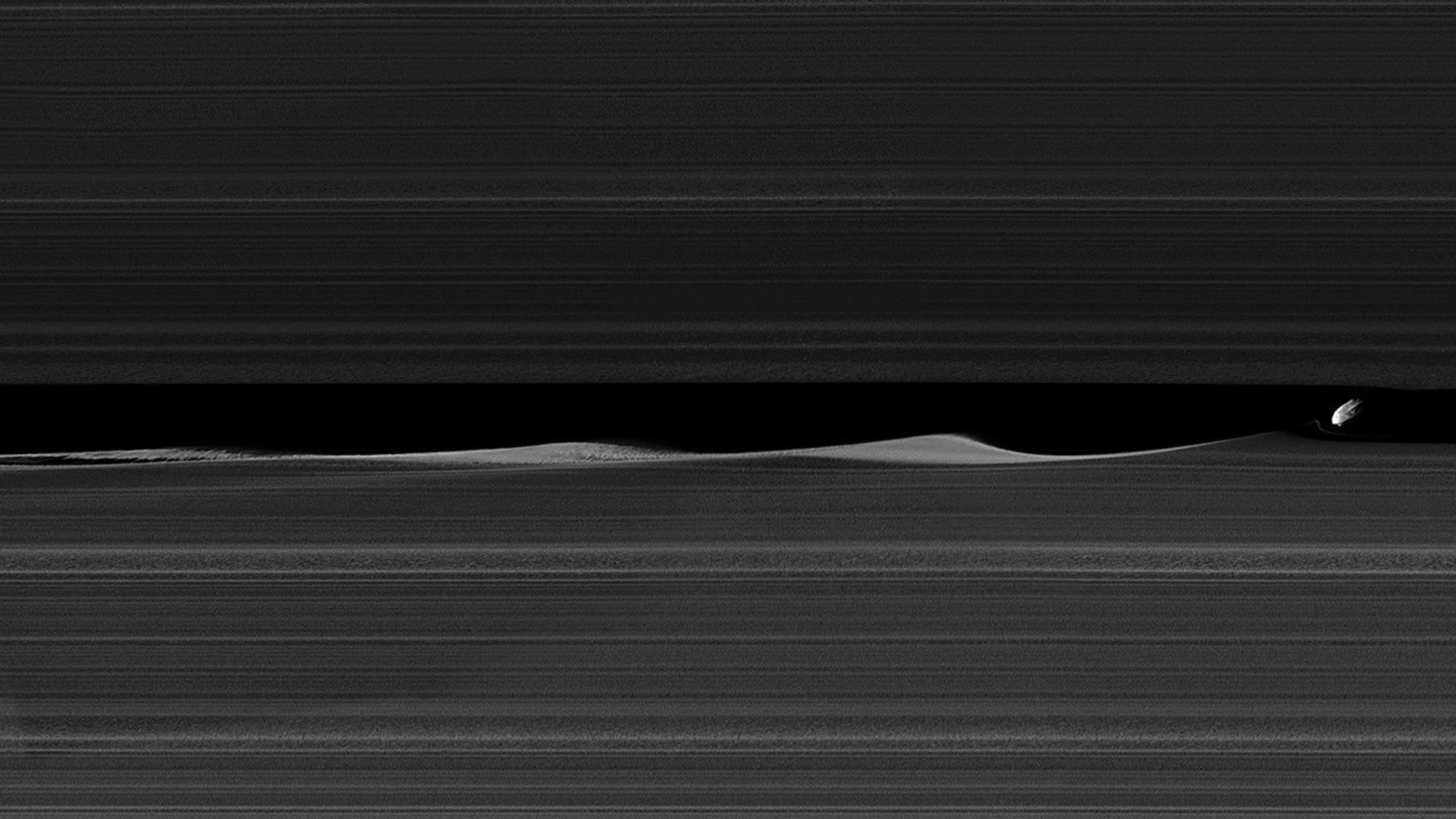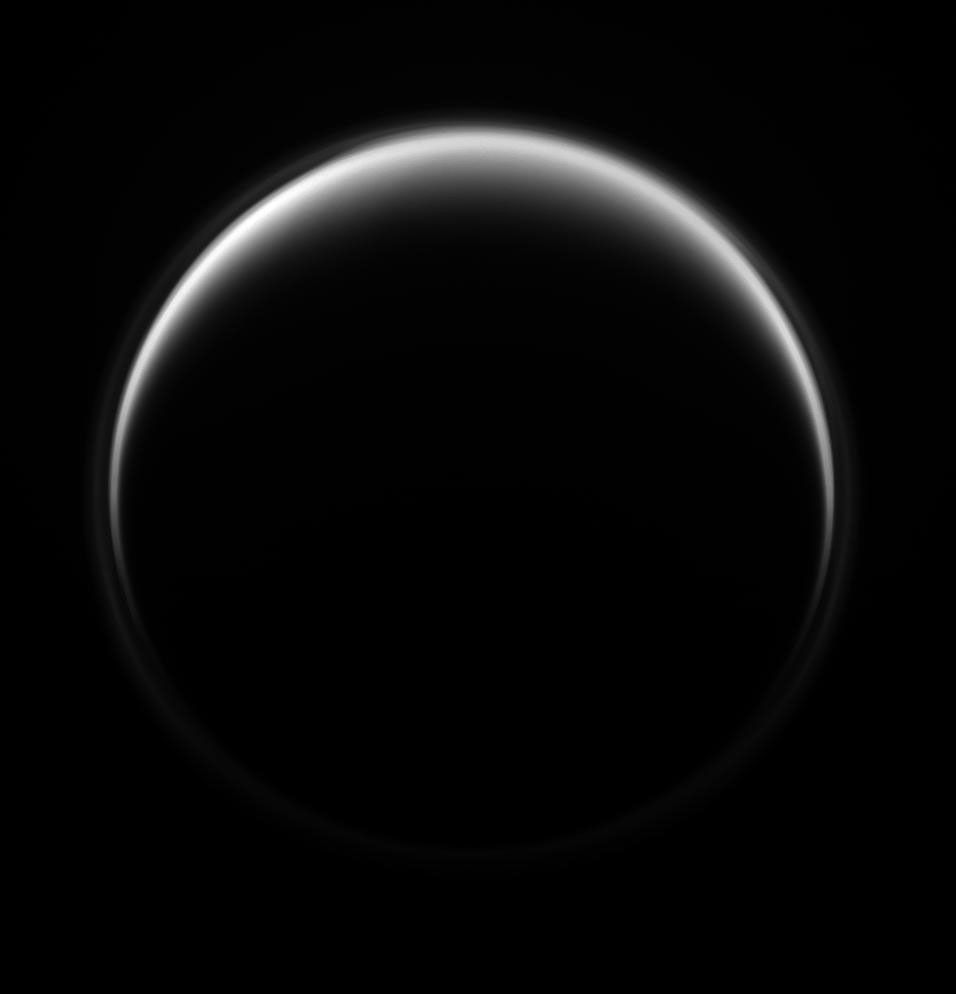Atmospheric Phenomena

Notable Atmospheric Features
North Polar Hexagon
A persistent six-sided jet-stream vortex at Saturn’s north pole, spanning ~30,000 km across.
Great White Spot
A planet-encircling storm that erupts roughly once every Saturn year (~30 Earth years), brightening the cloud tops.
Auroras
Glowing ovals near the poles, generated as solar-charged particles spiral along Saturn’s powerful magnetic field.
